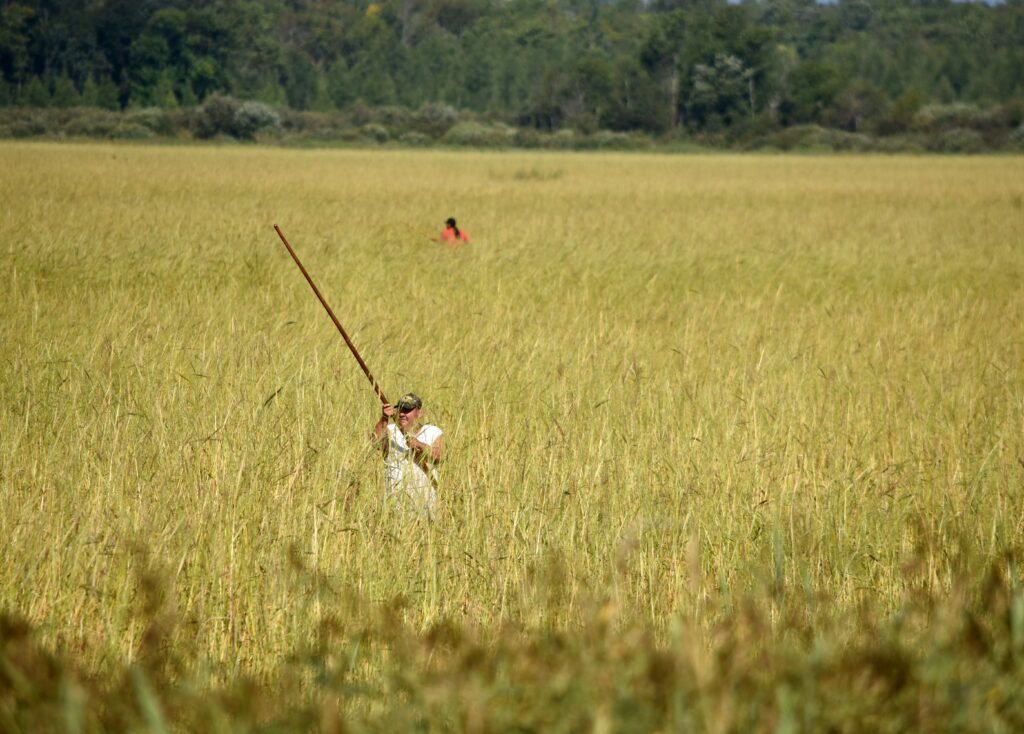Imagine standing at the edge of a shimmering northern lake, the hush of morning broken only by the gentle rustle of tall wild rice stalks swaying in the breeze. The air carries a sense of ancient tradition and quiet resilience, a living connection between water, land, and the Ojibwe people who have called this place home for countless generations. Here, among the tranquil waters of the Great Lakes, the story of wild rice—Manoomin—and the ingenious water gardens of the Ojibwe unfolds, revealing a world where nature and culture are inseparable, and where the future of one is tied forever to the other.
The Sacred Bond Between the Ojibwe and Manoomin

Wild rice, or Manoomin, holds profound spiritual and cultural significance for the Ojibwe people. It is not just a food, but a gift from the Creator—a symbol of life’s abundance and the sustenance of community. For centuries, the seasonal harvest of wild rice has been woven into the fabric of Ojibwe ceremonies and storytelling. This grain is often referred to as “the food that grows on water,” a phrase that captures both its unique habitat and its central place in the Ojibwe worldview. Harvesting wild rice involves rituals and prayers, a way of showing gratitude and respect for nature’s generosity. The deep connection the Ojibwe feel for Manoomin is reflected in their songs, dances, and oral histories, creating a legacy that endures with every harvest.
Ecological Marvel: The Great Lakes Waterways
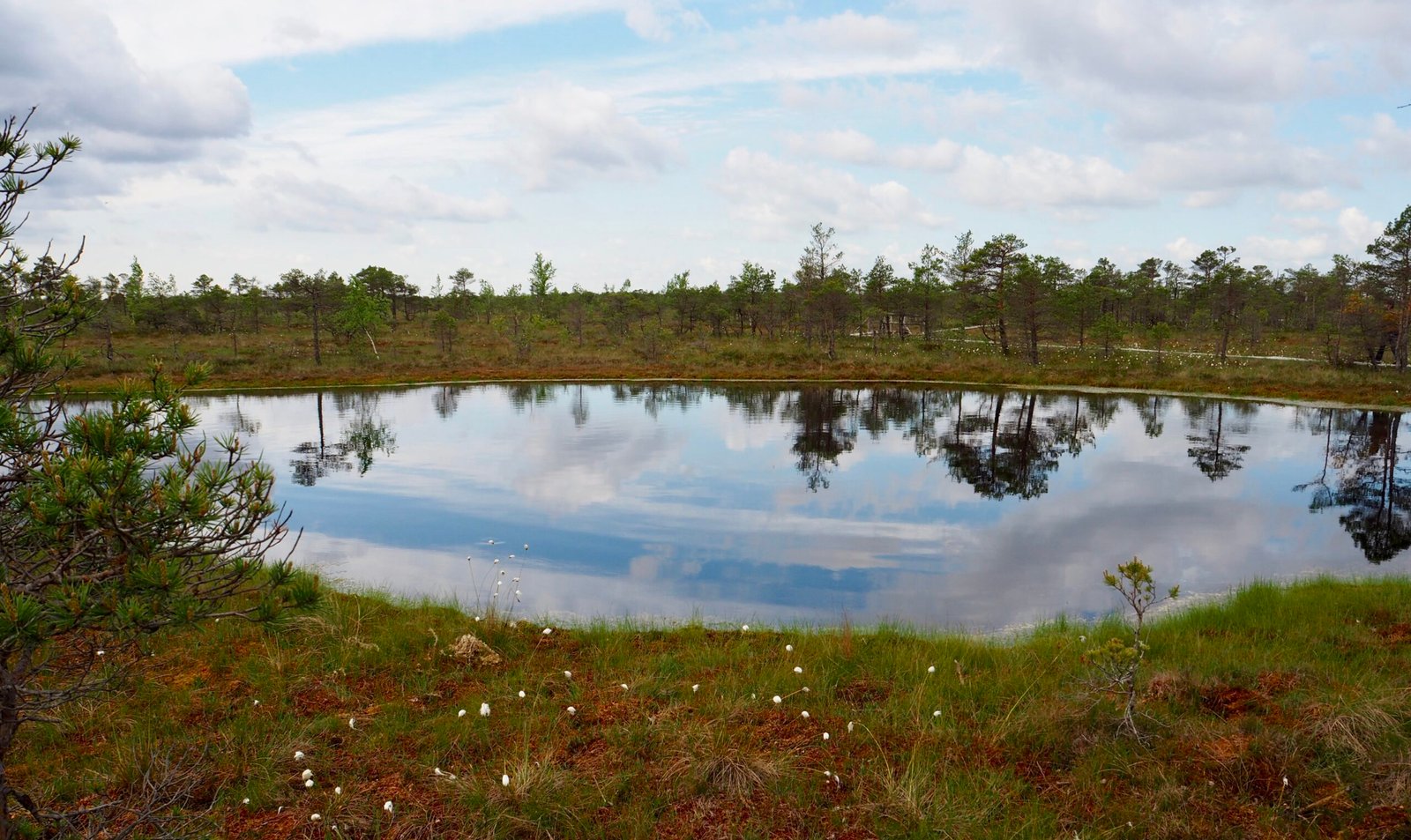
The Great Lakes region is a sprawling network of lakes, rivers, and wetlands that provide fertile ground for wild rice to flourish. This environment is a biological treasure trove, supporting countless species of fish, birds, and aquatic plants. Wild rice thrives in shallow, slow-moving waters where sunlight can reach the muddy bottom. The presence of Manoomin is a sign of ecological health—a living indicator that the water is clean, the soils are rich, and the ecosystem is in balance. The intricate web of life that depends on these waterways is astonishing, with wild rice meadows acting as nurseries for young fish and as resting grounds for migrating waterfowl. The Ojibwe have long understood the importance of keeping these waters pure, recognizing that the fate of wild rice is entwined with the wellbeing of all who share its habitat.
Traditional Water Gardens: Ingenious Ecological Management

Long before scientific terms like “wetland conservation” became popular, the Ojibwe practiced sophisticated forms of water management. Their traditional water gardens are living examples of ecological wisdom, designed to encourage the growth of wild rice while supporting a rich diversity of plants and animals. These gardens are not rigidly controlled plots, but dynamic, living systems that require careful observation and gentle intervention. The Ojibwe might clear fallen branches, adjust water levels, or selectively harvest rice to ensure the patch remains healthy year after year. Their intimate knowledge of local hydrology, plant cycles, and animal behavior allows them to maintain balance in ways that modern science is only beginning to appreciate. This harmony between cultivation and conservation is a hallmark of Ojibwe stewardship.
The Science of Wild Rice: From Seed to Harvest
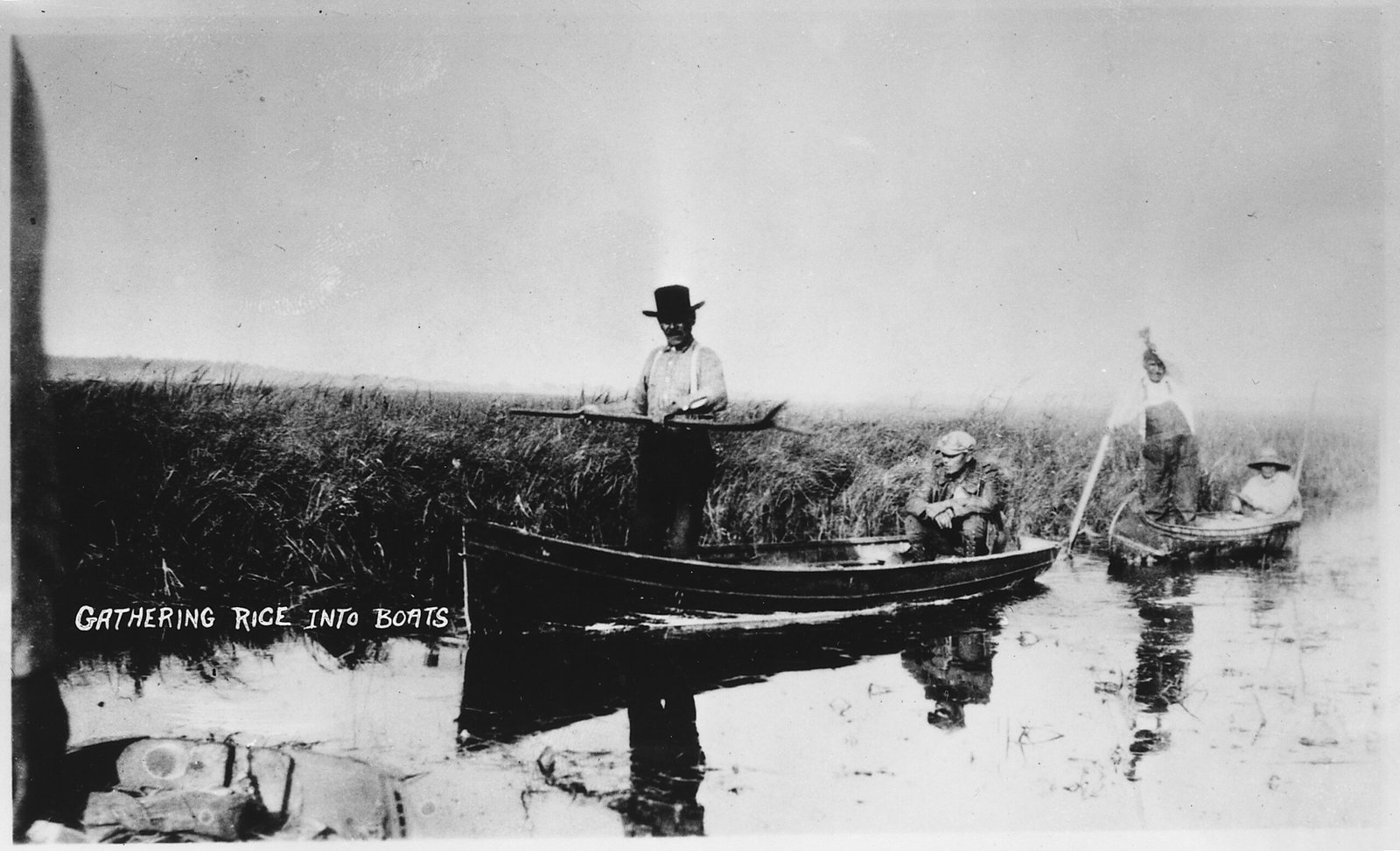
Wild rice (Zizania palustris) is a remarkable aquatic grass, not a true rice but a distinct species native to North America. Its life cycle is synchronized with the rhythms of the northern climate. Each spring, seeds that have overwintered in the lakebed begin to sprout, sending up slender green shoots that reach for the surface. By midsummer, the plants stand tall above the water, their graceful heads heavy with ripening grain. Harvesting usually takes place in late August or early September, when the grains are ready but before they fall into the water to reseed the next generation. The Ojibwe use cedar canoes to glide through the rice beds, gently knocking ripe seeds into their boats with wooden sticks—a technique that allows plenty of grain to drop back into the water and ensures future harvests.
A Living Pantry: Nutritional and Cultural Value
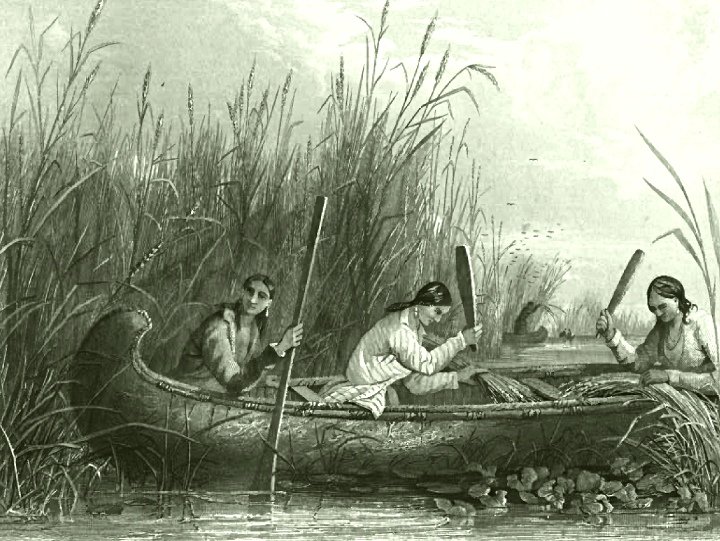
Manoomin is not only spiritually important; it is also a nutritional powerhouse. Packed with protein, fiber, and essential minerals, wild rice has sustained generations of Ojibwe families through harsh northern winters. Its nutty flavor and chewy texture make it a prized ingredient in a variety of traditional recipes, from soups and stews to sweet puddings. Beyond its culinary uses, wild rice is a symbol of communal sharing. The harvest season brings families and neighbors together, forging bonds of cooperation and mutual support. The act of gathering, processing, and eating Manoomin is a celebration of identity and resilience, a reminder that survival is not just about food, but about community.
Threats to Manoomin: Environmental and Human Pressures
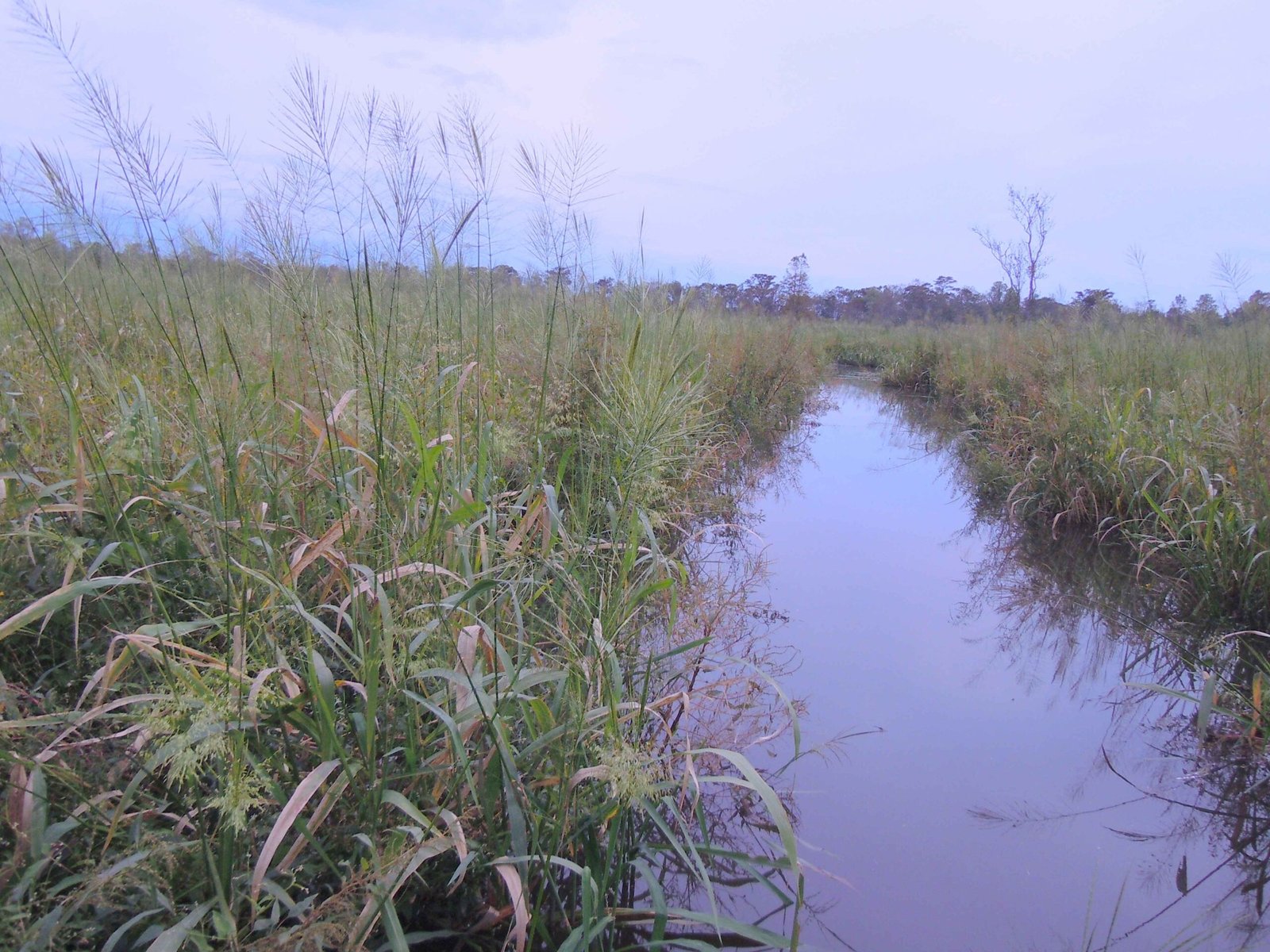
Despite its resilience, wild rice faces serious threats in the modern era. Pollution, climate change, and habitat destruction have all taken a toll on the wetlands where Manoomin grows. Runoff from agriculture and industry introduces harmful chemicals into the water, disrupting the delicate balance required for wild rice to thrive. Dams and water-level changes can drown rice beds or leave them dry. Invasive species compete for space and resources, while unchecked development fragments critical habitat. The Ojibwe have sounded the alarm about these dangers, reminding the world that the loss of wild rice is not just an environmental tragedy, but a cultural one as well.
Ojibwe Stewardship: Guardians of Water and Rice
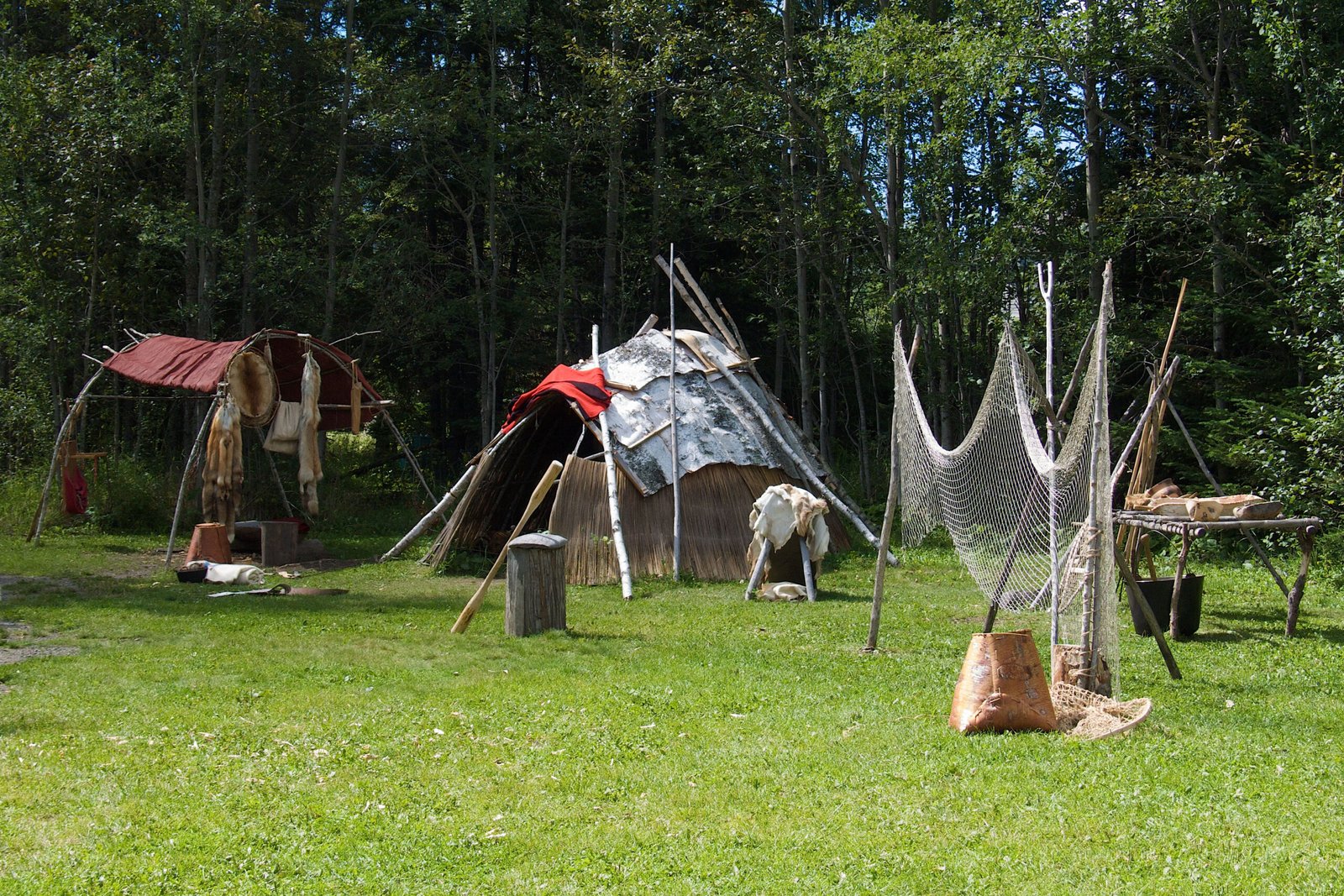
The Ojibwe have responded to these threats with remarkable determination and innovation. Tribal governments and grassroots organizations have launched restoration projects, cleaned up polluted waterways, and fought legal battles to protect their harvesting rights. Many Ojibwe communities have established monitoring programs, using both traditional knowledge and modern science to track the health of wild rice beds. These efforts are more than acts of preservation—they are bold statements of sovereignty and resilience. By caring for Manoomin, the Ojibwe are asserting their right to self-determination and their responsibility to future generations.
Water Gardens in Practice: Modern Revivals
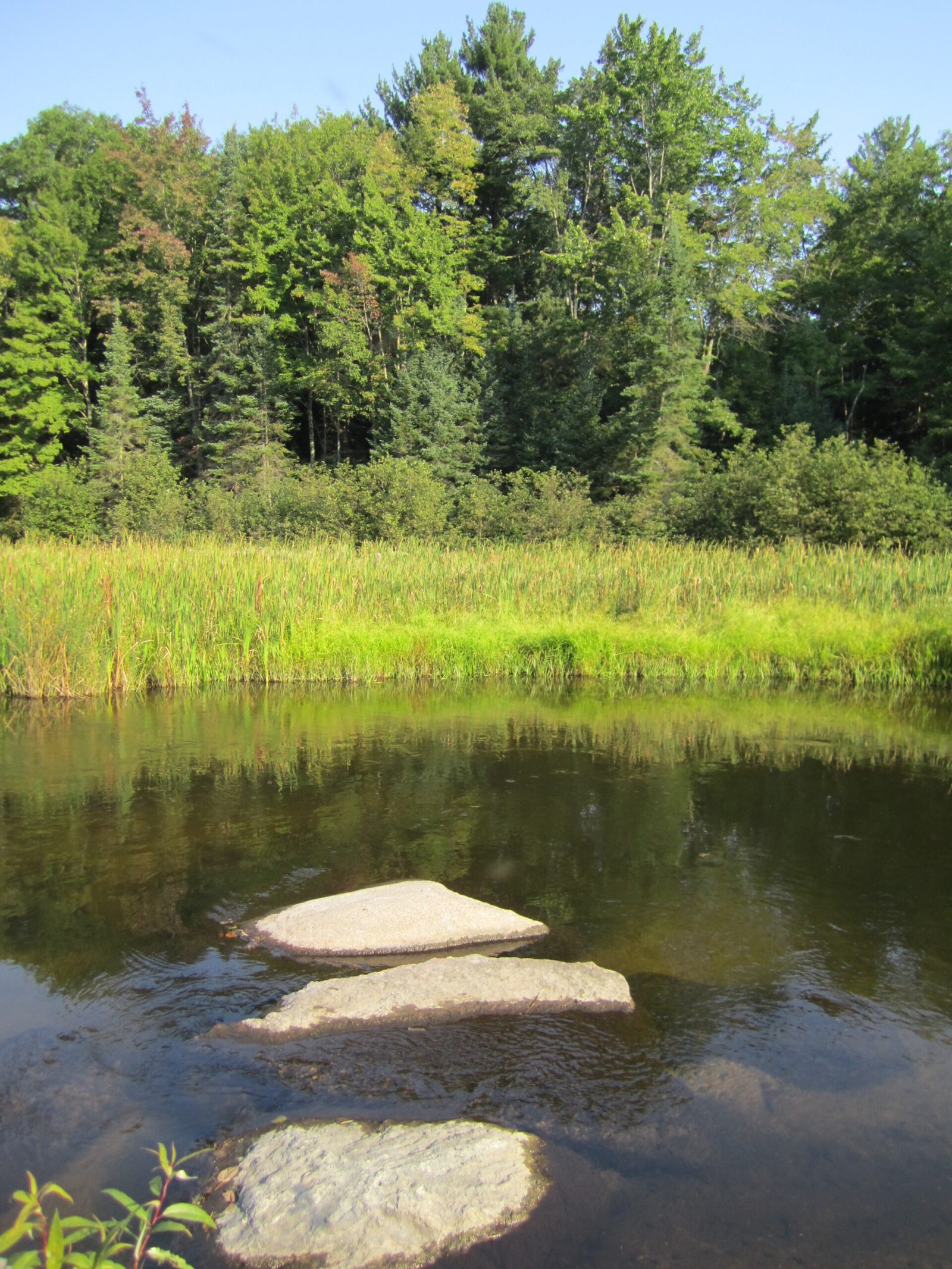
Across the Great Lakes, a new generation of Ojibwe are reviving the practice of water gardening, blending ancestral wisdom with cutting-edge ecological science. Community members are replanting wild rice in degraded wetlands, often working alongside biologists and environmentalists. These projects have become laboratories for learning and collaboration, where old and new ideas mix to create sustainable futures. Schoolchildren paddle out to tend young rice plants, elders share stories and techniques, and researchers collect data that helps guide restoration. The result is a living, breathing example of how cultural heritage and scientific inquiry can reinforce each other.
Wild Rice Festivals: Celebration and Education

Every autumn, wild rice festivals bring together people from all walks of life to celebrate the harvest and the culture it supports. These gatherings are filled with music, dancing, and feasting, but they also serve as powerful platforms for education. Visitors can watch demonstrations of traditional harvesting, learn about the ecological importance of wetlands, and taste dishes made with freshly gathered Manoomin. For the Ojibwe, these festivals are a way to share their story with the wider world and to inspire allies in the fight to protect wild rice. The joy and pride on display are contagious, turning concern for the environment into a shared commitment.
A Model for Sustainable Living
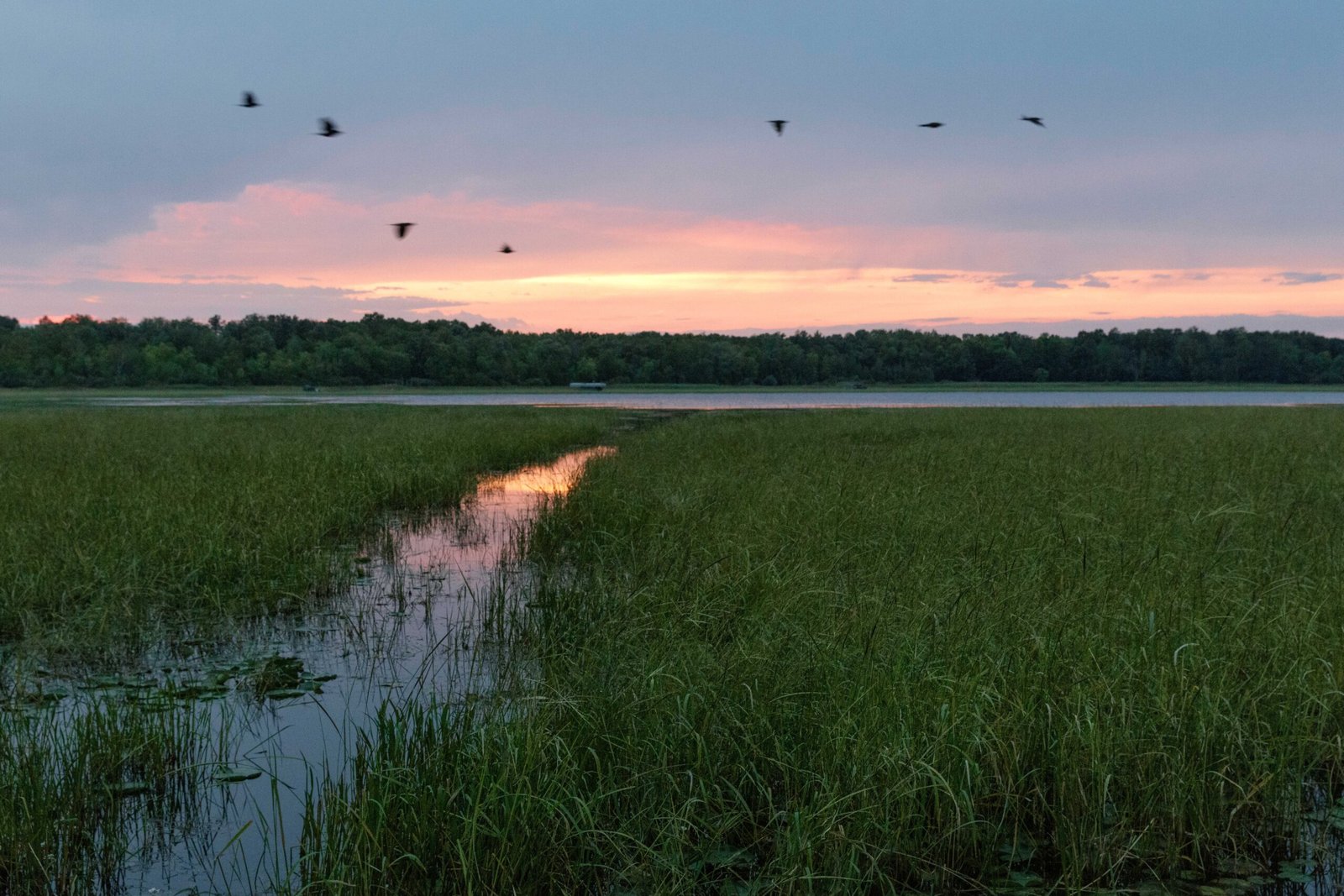
The relationship between the Ojibwe, wild rice, and water gardens offers a compelling model for sustainability. Rather than exploiting resources until they are depleted, the Ojibwe approach is rooted in reciprocity and respect. They take only what they need, allow nature to replenish itself, and intervene only to maintain balance. This philosophy stands in stark contrast to extractive industries that dominate much of the modern world. By demonstrating that it is possible to live well without harming the earth, the Ojibwe provide inspiration for anyone seeking a more harmonious way to exist within nature.
Lessons for the Future: Hope and Responsibility
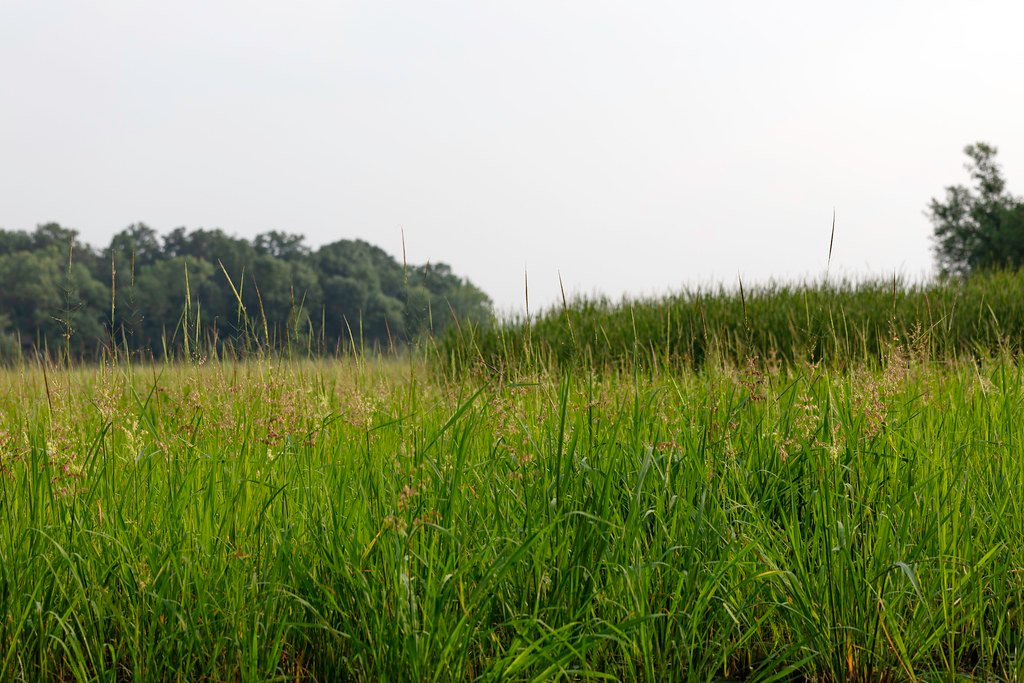
As the climate changes and environmental challenges mount, the story of Ojibwe wild rice and water gardens becomes ever more relevant. It is a story of adaptation, resilience, and hope—a reminder that ancient wisdom can guide us through the uncertainties of tomorrow. The survival of Manoomin depends not just on the Ojibwe, but on all who value clean water, rich biodiversity, and vibrant cultures. Protecting wild rice is more than a conservation issue; it is an act of solidarity with the land and its original stewards. Are we ready to listen, to learn, and to act before this living legacy slips away?

